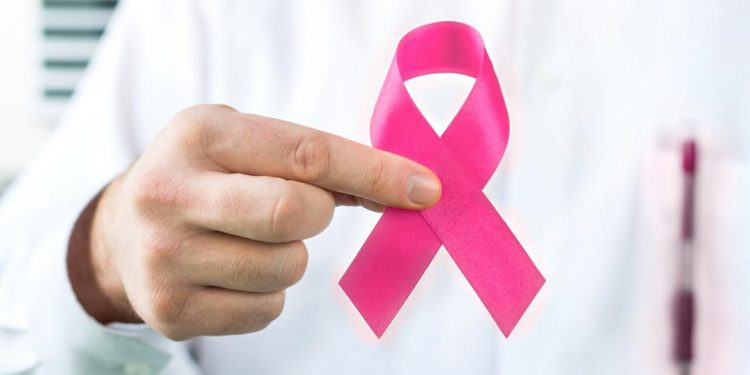London: Researchers have claimed that heat treatment is likely to make chemotherapy more effective.
According to Professor at University College London in the UK Nguyen TK Thanh, heating up cancer cells while targeting them with chemotherapy is a highly effective way of killing them.
The findings suggest that “loading” a chemotherapy drug on to tiny magnetic particles that can heat the cancer cells at the same time as delivering the drug to them was up to 34 per cent more effective at destroying the cancer cells than the chemotherapy drug without added heat.
“Our study shows the enormous potential of combining chemotherapy with the heat treatment delivered via magnetic nanoparticles,” senior author Thanh said.
“This therapy also has potential to reduce the side effects of chemotherapy, by ensuring it is more highly targeted on cancer cells rather than healthy tissue. These needs to be explored in further pre-clinical tests,” Thanh added.
For the study, published in the Journal of Materials Chemistry B, researchers combined the magnetic nanoparticles with a commonly used chemotherapy drug, doxorubicin, and compared the effects of this composite in various scenarios on human breast cancer cells, glioblastoma (brain cancer) cells, and mouse prostate cancer cells.
They found that heat and doxorubicin together killed 98 per cent of brain cancer cells after 48 hours, when doxorubicin without heat killed 73 per cent. Meanwhile, for the breast cancer cells, 89 per cent were killed by heat and doxorubicin together, while 77 per cent were killed after 48 hours by doxorubicin alone.
Cancer cells are more susceptible to heat than healthy cells — they undergo a slow death (apoptosis) once the temperature reaches 42 degrees Celsius, whereas healthy cells are able to withstand temperatures up to 45 degrees Celsius, the researchers said.
The researchers found that heating cancer cells by only a few degrees, to 40 degrees Celsius, enhanced the effectiveness of the chemotherapy, meaning the treatment could be effective with lower doses of nanoparticles.
IANS







































